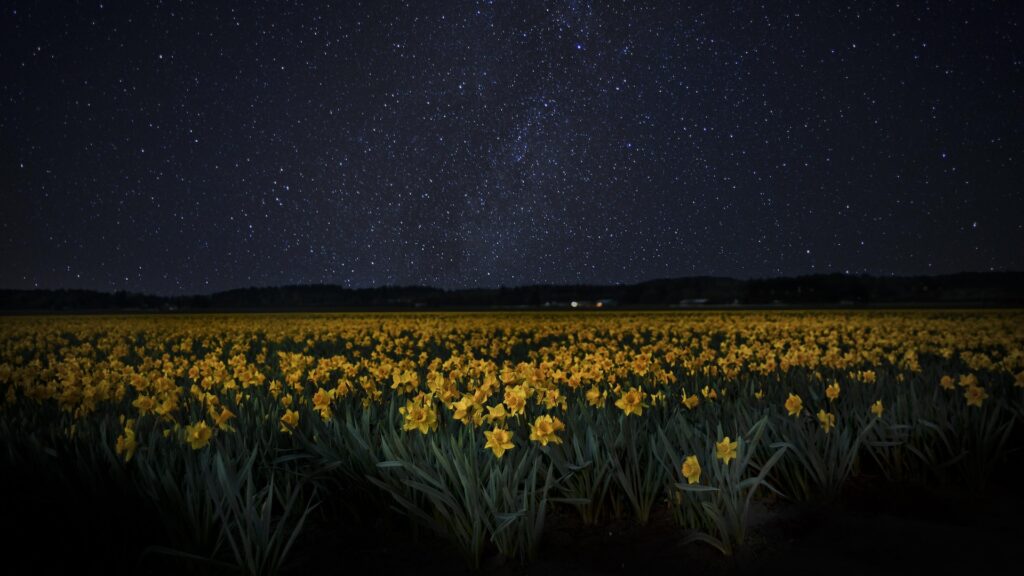Why do stargazers get so excited about a new moon? At 10:02 p.m. EDT on Monday, May 26, our natural satellite will slip between Earth and the sun and completely disappear from view. As it does, it will leave the night skies free from moonlight, which serious stargazers view as light pollution.
In the week before the new moon, and for a couple of nights after, the night sky gets as dark as possible. That makes the period from May 20 to May 30 the best time of the month to get outside and look up. Here’s what to see from mid-latitudes of the Northern Hemisphere, including the continental U.S., at about 10 p.m. (unless otherwise stated).
1. The Big Dipper and Ursa Major
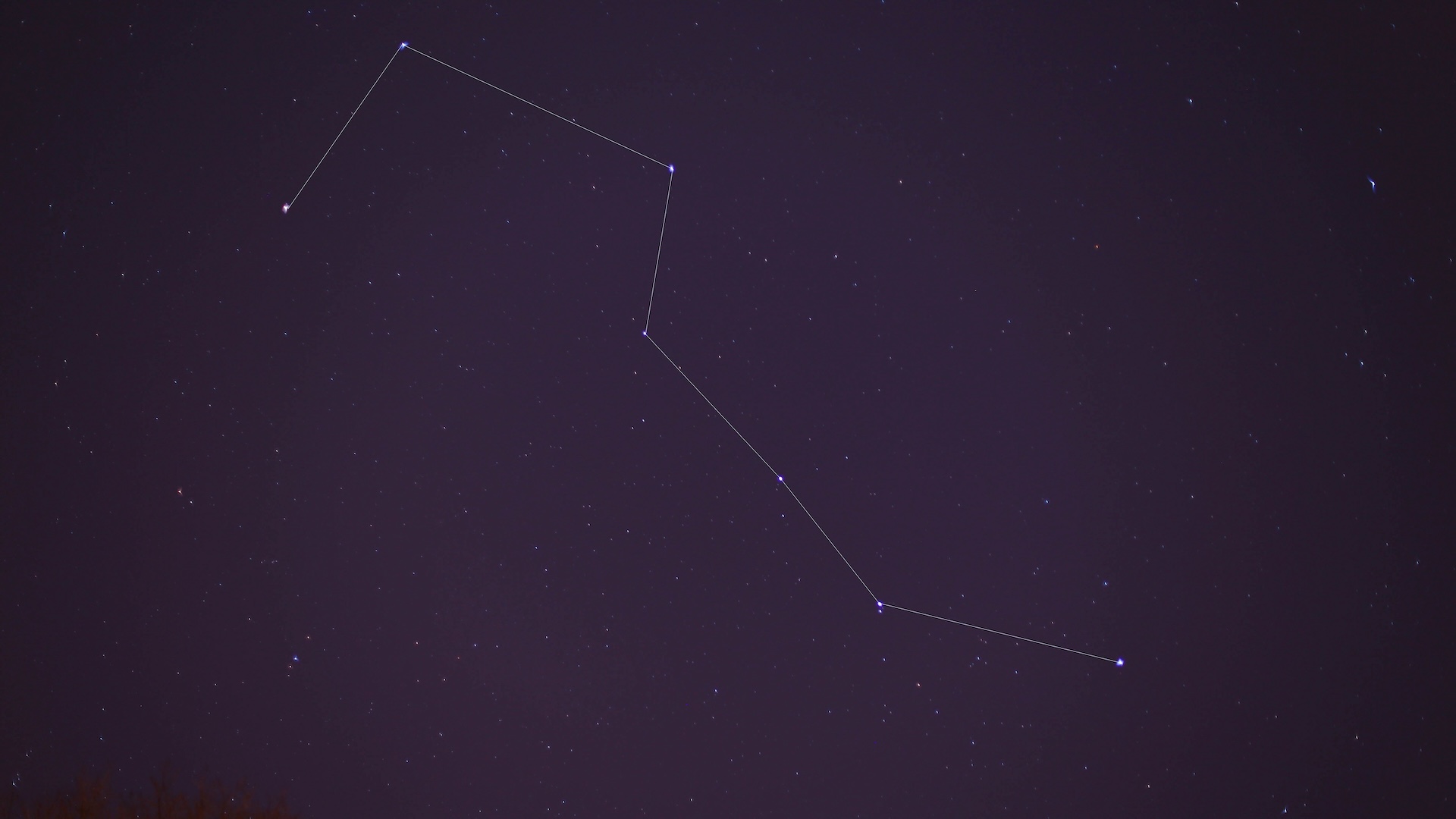
Most people can find the seven stars of the Big Dipper in the night sky, but did you know it’s not a constellation? Known as an asterism — a shape of stars — the Big Dipper forms the rear end (and, unhelpfully, long tail) of Ursa Major, the great bear.” May is a great time to trace out the many stars of Ursa Major because it’s almost directly overhead in the early evening in the Northern Hemisphere as darkness falls, though the bear is upside down.
The easiest way to begin finding it is to start with the bear’s three visible paws, which are each marked by a set of double stars — Alula Borealis and Australis, and Tania Borealis and Australis for the bear’s two back paws, and Talitha and Talitha Australis for the one visible front paw. Below the latter, the star Muscida marks the bear’s head.
2. Leo, the lion

Look to the south as soon as it gets dark, and you’ll see a backward question mark of stars that mark the head and forequarters of Leo, the lion. The dot in that question mark (called “the sickle” by stargazers) is the bright star Regulus, which means “little king,” according to EarthSky.
3. A small ‘planet parade’
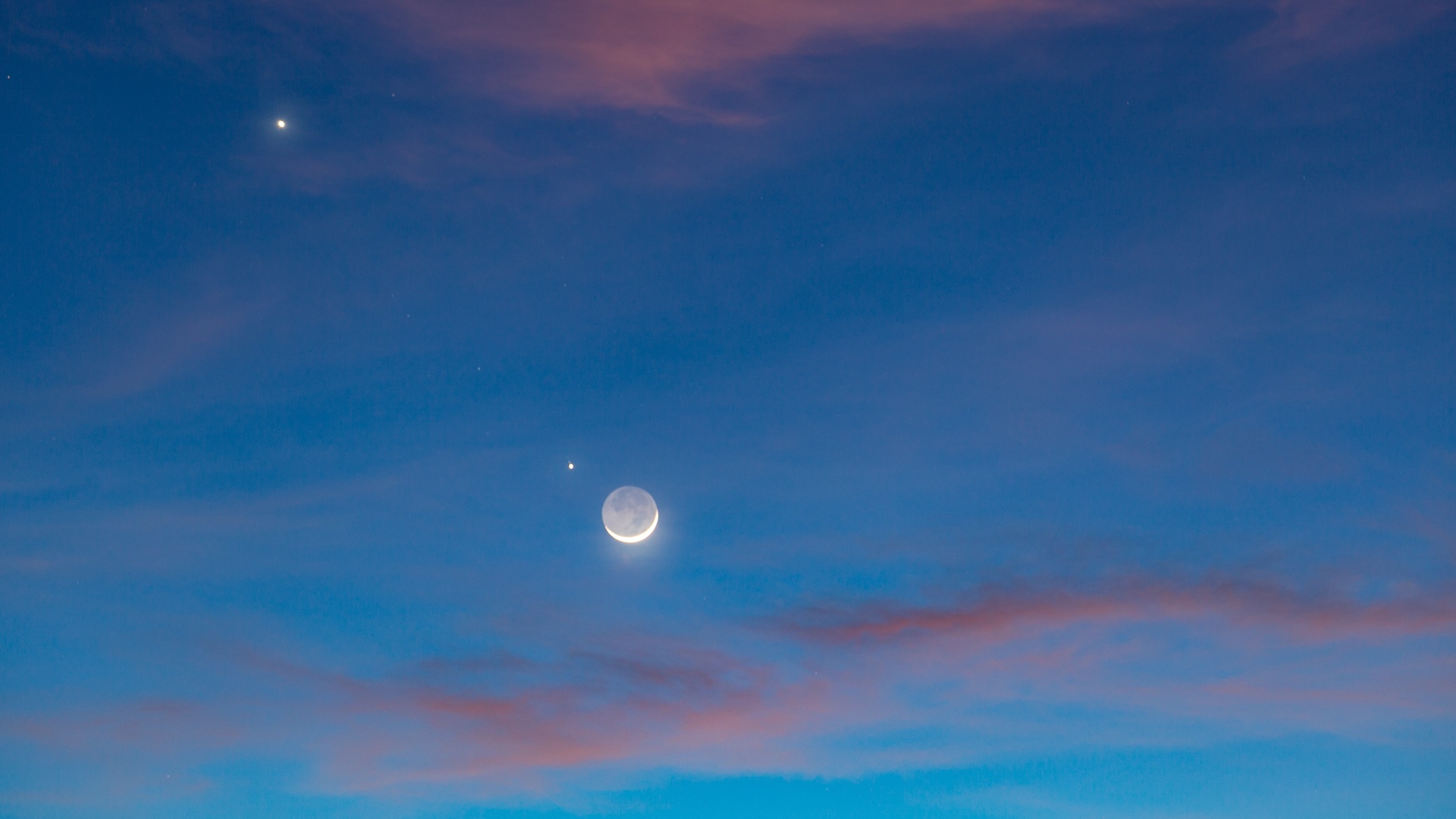
If you only get up early once this month, make it 45 minutes before sunrise on Friday, May 23 when, in the east, a crescent moon will appear close to a very bright Venus, with Saturn close by.
4. Boötes, the herdsman
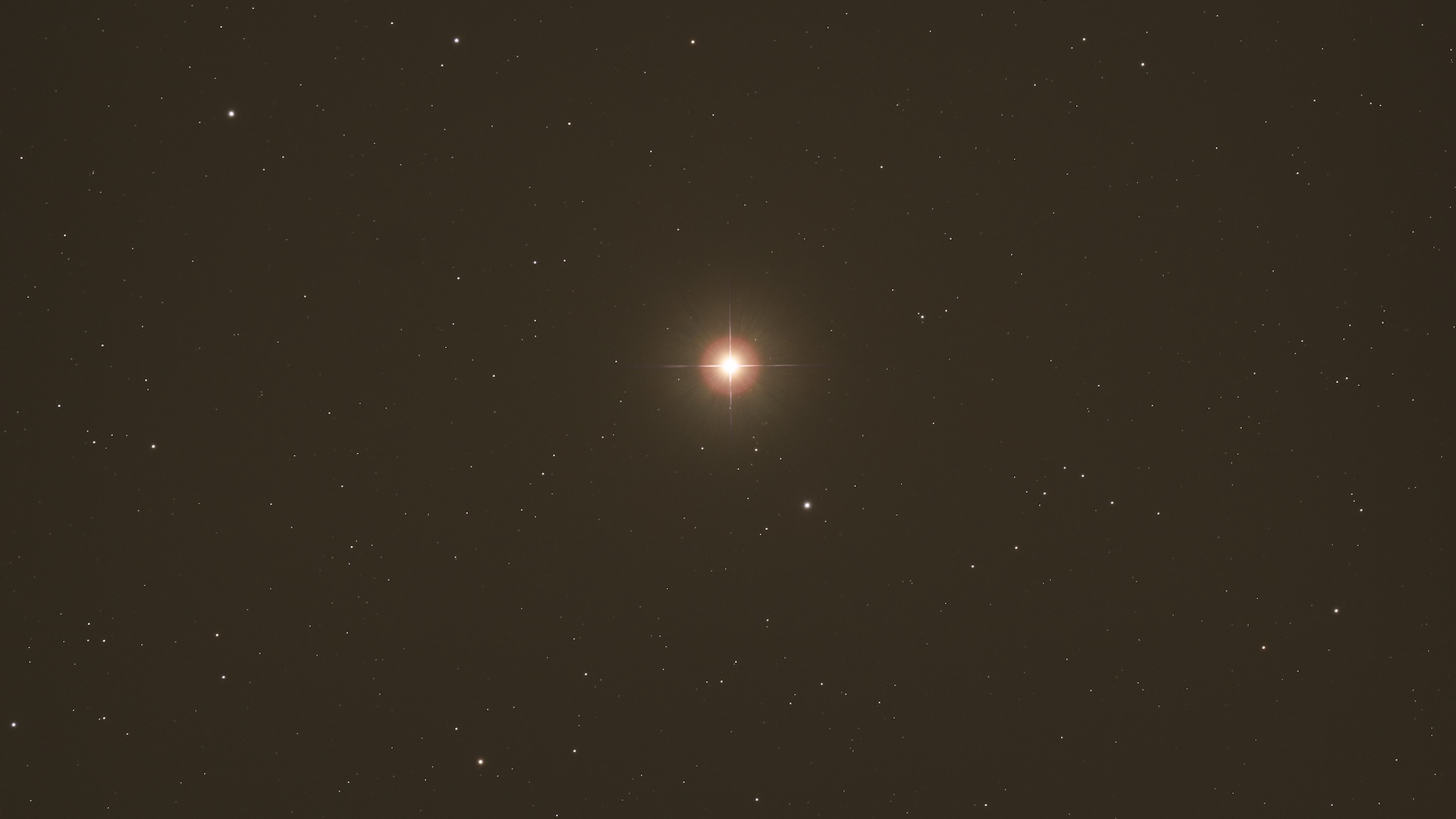
Return to Ursa Major and trace its tail — the handle of the Big Dipper — in an “arc to Arcturus” to the next bright star in the night sky. The fourth-brightest star in the night sky, Arcturus is the brightest star in the constellation Boötes, the herdsman, a key yet little-known shape of stars in spring. Its nine stars trace out the shape of what looks most like a kite, but skip that and focus on what’s easy — four stars that are in the shape of a “Y” or champagne flute.
5. The Hercules Cluster
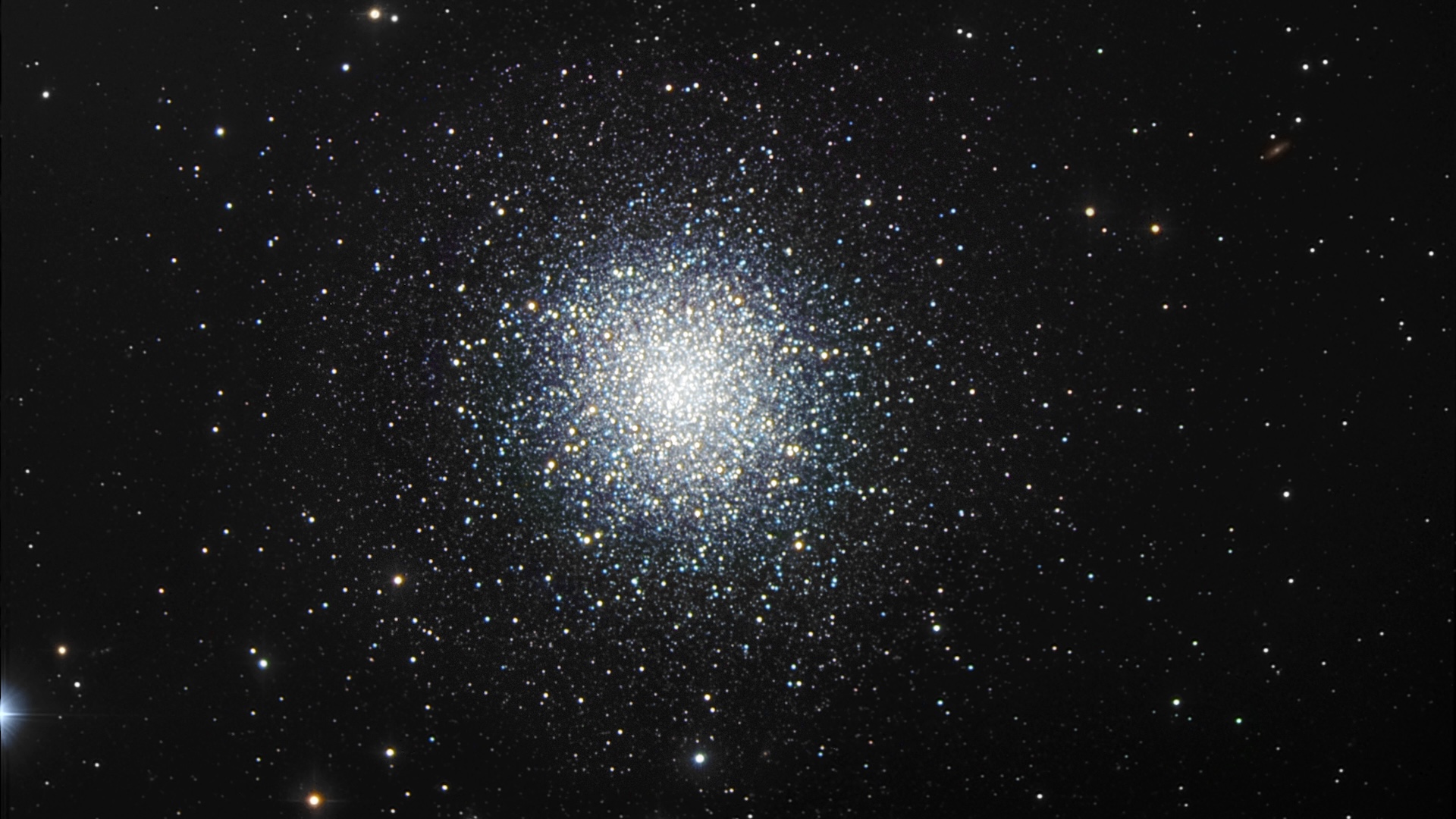
Hidden in the halo of the Milky Way galaxy are strange groups of ancient stars called globular clusters. Huddled in dense balls and thought to be the remains of ancient galaxies gobbled up by our own, there are about 150 of these in the night sky. Remarkably, they are the oldest visible objects in the universe.
One of the best is M13 in the constellation Hercules, the hero, which is high overhead after dark. You’ll need a pair of stargazing binoculars, or better still a good backyard telescope, to glimpse it as a dense fuzzy patch. It contains more than 100,000 stars, according to NASA, and is 25,000 light-years distant on the outskirts of the galaxy.
Constellations quiz: Can you name all the animals, objects and mythological figures hiding in the night sky?
